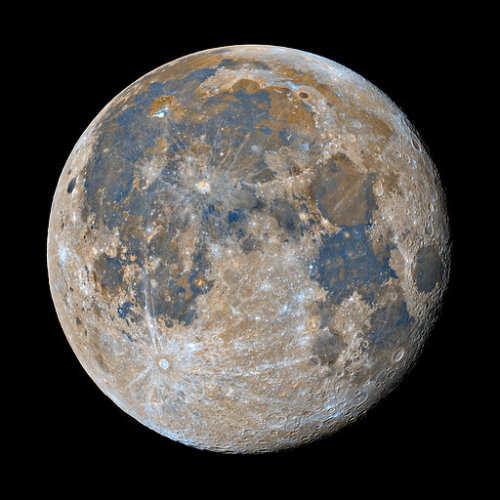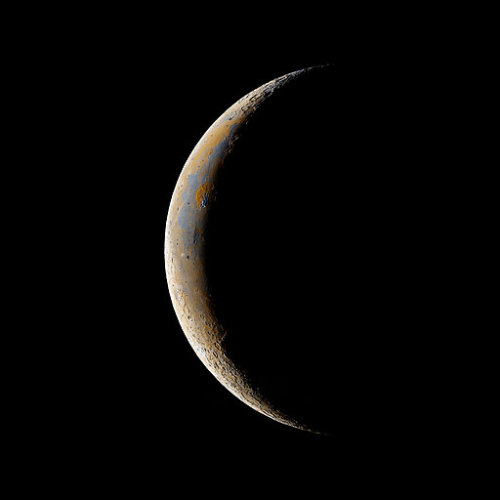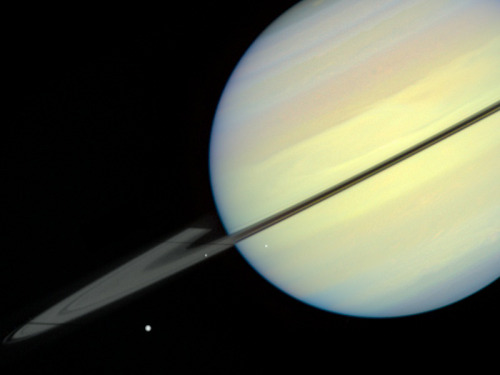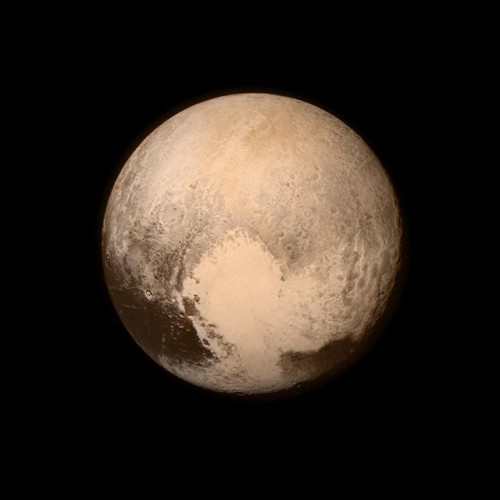The Bubble Nebula (NGC 7635) Image Credit: NASA/ESA

The Bubble Nebula (NGC 7635) Image Credit: NASA/ESA
More Posts from Xnzda and Others

The Icy Comet
This image of Comet C/2001 Q4 (NEAT) was taken at the WIYN 0.9-meter telescope at Kitt Peak National Observatory near Tucson, Ariz
Image credit: NASA/ National Science Foundation


98% waning gibbous Moon | 11% waning crescent Moon
by Bartosz Wojczyński
is there a smell comparable to space ? i assume we dont know because we would die if we tried to smell it but thats so cool
yeah if humans tried to smell space just like that, we’d die, no doubt about it
but the smell of space lingers on spacewalk suits, and docking hatches when astronauts open them!
apparently, space itself smells like burning hot metal, or a hot barbeque grill with a slight hint of spent gasoline. The moon, apparently, smells like a gun after its been shot!
The coolest thing about it all is that the smell is actually what are left of dying stars- it’s literally the smell of stardust, and the particles smell like that because they’re so rich in hydrocarbons- something so very essential to life, and speculated by a lot of astronomers and astrobiologists and such to be the very thing life on earth started from!
another neat fact is that no two solar systems smell the same- ours smells like that because our solar system in particular is extremely rich in carbon, and other solar systems and places in the universe will have extremely different smells depending on what elements are most abundant in their system!
Charting the slow death of the Universe
Paris (SPX) Aug 12, 2015 The study, which is part of the Galaxy And Mass Assembly (GAMA) project, the largest multi-wavelength survey ever put together, involved many of the world’s most powerful telescopes [1]. “We used as many space and ground-based telescopes as we could get our hands on to measure the energy output of over 200 000 galaxies across as broad a wavelength range as possible,” says Simon Driver ICRA Full article

December 2006: Constructing the Space Station : NASA astronaut Robert Curbeam works on the International Space Station’s S1 truss during the space shuttle Discovery’s STS-116 mission in Dec. 2006. (via NASA)
-
 spessbreb liked this · 5 years ago
spessbreb liked this · 5 years ago -
 xnzda reblogged this · 6 years ago
xnzda reblogged this · 6 years ago -
 shawn1965 liked this · 7 years ago
shawn1965 liked this · 7 years ago -
 waiakierk-blog liked this · 7 years ago
waiakierk-blog liked this · 7 years ago -
 rosebloodwater reblogged this · 7 years ago
rosebloodwater reblogged this · 7 years ago -
 rosebloodwater liked this · 7 years ago
rosebloodwater liked this · 7 years ago -
 lil-hi99i3-blog reblogged this · 7 years ago
lil-hi99i3-blog reblogged this · 7 years ago -
 purplublu-blog liked this · 8 years ago
purplublu-blog liked this · 8 years ago -
 ronalddmartaa reblogged this · 8 years ago
ronalddmartaa reblogged this · 8 years ago -
 n1ghtwo1f liked this · 8 years ago
n1ghtwo1f liked this · 8 years ago -
 crutchpunk9 reblogged this · 8 years ago
crutchpunk9 reblogged this · 8 years ago -
 eollis reblogged this · 8 years ago
eollis reblogged this · 8 years ago -
 eollis liked this · 8 years ago
eollis liked this · 8 years ago -
 saucerkommand reblogged this · 8 years ago
saucerkommand reblogged this · 8 years ago -
 saucerkommand liked this · 8 years ago
saucerkommand liked this · 8 years ago -
 whazzupniggga reblogged this · 8 years ago
whazzupniggga reblogged this · 8 years ago -
 whazzupniggga liked this · 8 years ago
whazzupniggga liked this · 8 years ago -
 the-northerndownpour reblogged this · 8 years ago
the-northerndownpour reblogged this · 8 years ago -
 princesskillerpenguin reblogged this · 8 years ago
princesskillerpenguin reblogged this · 8 years ago -
 m-19-47-su-2015 liked this · 8 years ago
m-19-47-su-2015 liked this · 8 years ago -
 procrastinatingdraggun liked this · 8 years ago
procrastinatingdraggun liked this · 8 years ago -
 quigle liked this · 8 years ago
quigle liked this · 8 years ago -
 andromeda-bound reblogged this · 8 years ago
andromeda-bound reblogged this · 8 years ago -
 urinetrouble liked this · 8 years ago
urinetrouble liked this · 8 years ago -
 frozen-heartbeat liked this · 8 years ago
frozen-heartbeat liked this · 8 years ago -
 neverdeadnative-blog liked this · 8 years ago
neverdeadnative-blog liked this · 8 years ago -
 luzifermephisto666 reblogged this · 8 years ago
luzifermephisto666 reblogged this · 8 years ago -
 luzifermephisto666 liked this · 8 years ago
luzifermephisto666 liked this · 8 years ago -
 desireedevine liked this · 8 years ago
desireedevine liked this · 8 years ago -
 xeniza-tion liked this · 8 years ago
xeniza-tion liked this · 8 years ago -
 babbling-into-the-void reblogged this · 8 years ago
babbling-into-the-void reblogged this · 8 years ago -
 monkeychops84 liked this · 8 years ago
monkeychops84 liked this · 8 years ago -
 vicious-seamonkey reblogged this · 8 years ago
vicious-seamonkey reblogged this · 8 years ago -
 vicious-seamonkey liked this · 8 years ago
vicious-seamonkey liked this · 8 years ago -
 myhome-isnot-here reblogged this · 8 years ago
myhome-isnot-here reblogged this · 8 years ago -
 elizabethbartley reblogged this · 8 years ago
elizabethbartley reblogged this · 8 years ago -
 howstrangethemusicsoundstome reblogged this · 8 years ago
howstrangethemusicsoundstome reblogged this · 8 years ago






